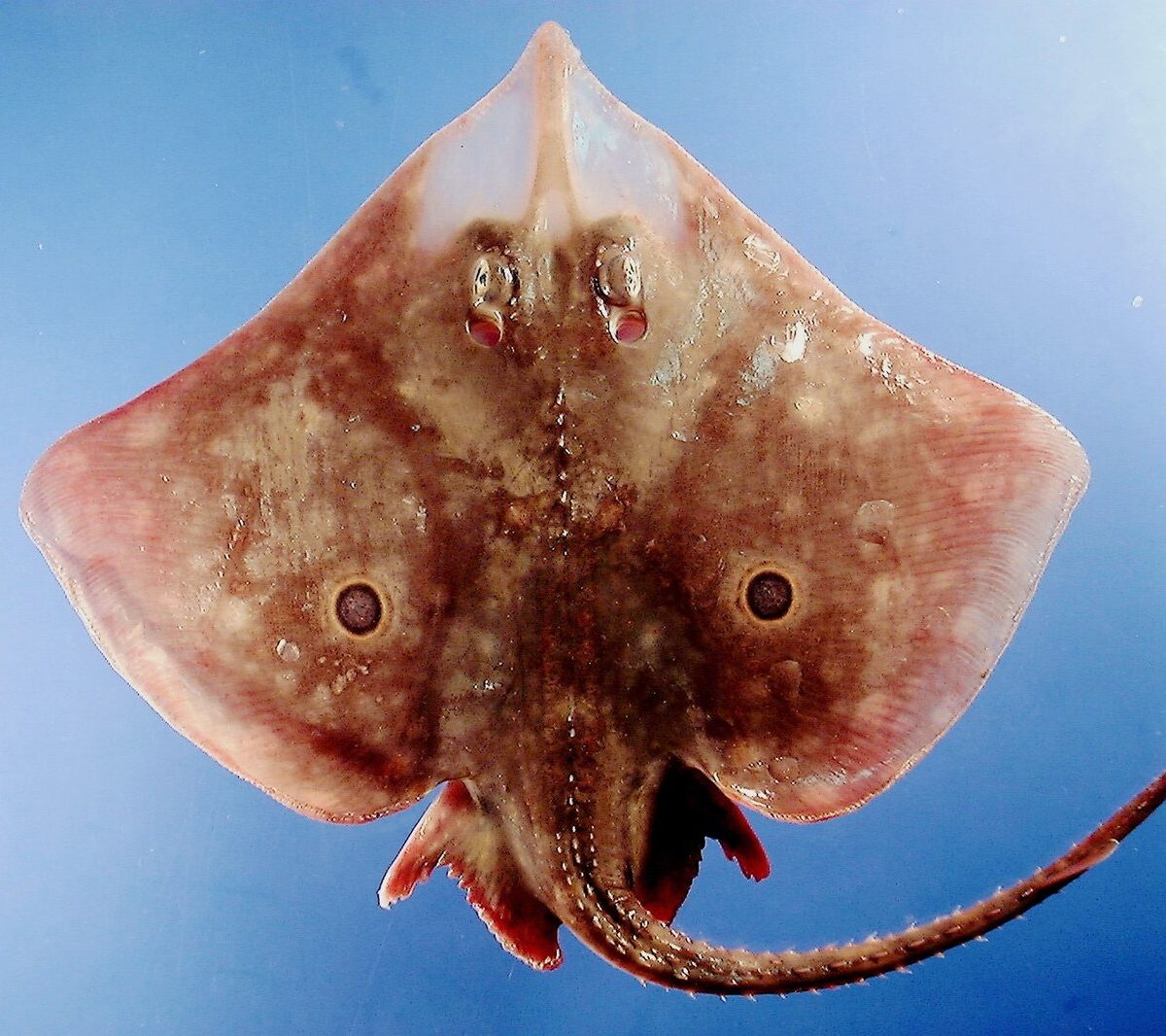A breakthrough discovery reveals genes and nerve cells responsible for walking in humans and other terrestrial animals within a primitive fish, Leucoraja erinacea. This finding reshapes the evolutionary narrative of land-walking vertebrates, as the nerves enabling walking in fish emerged 420 million years ago, predating the first four-legged land animals by 20 million years.
The small shark, Leucoraja erinacea, a close relative of sharks, exhibits a unique ability to walk on the seafloor. With minimal changes from its ocean-dwelling ancestors, this primitive fish serves as a model for the common ancestor of both terrestrial and aquatic vertebrates. While other fish employ spines for movement, the skaros family relies on their fin muscles for walking.
The neuroscience team uncovered that the neural network governing this walking ability mirrors that of mammals. Genes in mice were identified, the deactivation of which resulted in paralysis in the mammals. Additionally, motor neurons in the skaros family were isolated, and their coding DNA was decoded. Surprisingly, the same genes responsible for the movement of the fish’s fins are implicated in the movement of our hands and feet. Published on February 8, 2018, in the journal “Cell,” the research by New York University sheds light on the early embryonic development of small skaros species, a crucial period during which neural pathways form, resembling the development process in humans. Initially, young Skaros move their spines, but upon hatching, their spines solidify, and they adopt fin-based locomotion.
The study suggests that the genetic mechanism enabling walking in land animals (amphibians, reptiles, birds, and mammals) originated when their fish ancestor still inhabited the ocean. This discovery enhances our understanding of the shared ancestry among vertebrates. Emily Standen, a biologist at the University of Ottawa in Canada, remarks, “[The discovery] strongly suggests that the nervous system’s development and functionality are highly adaptable.” Across all vertebrates, the gene Foxp1 drives movement, a genetic trait dating back to a common ancestor 420 million years ago.










